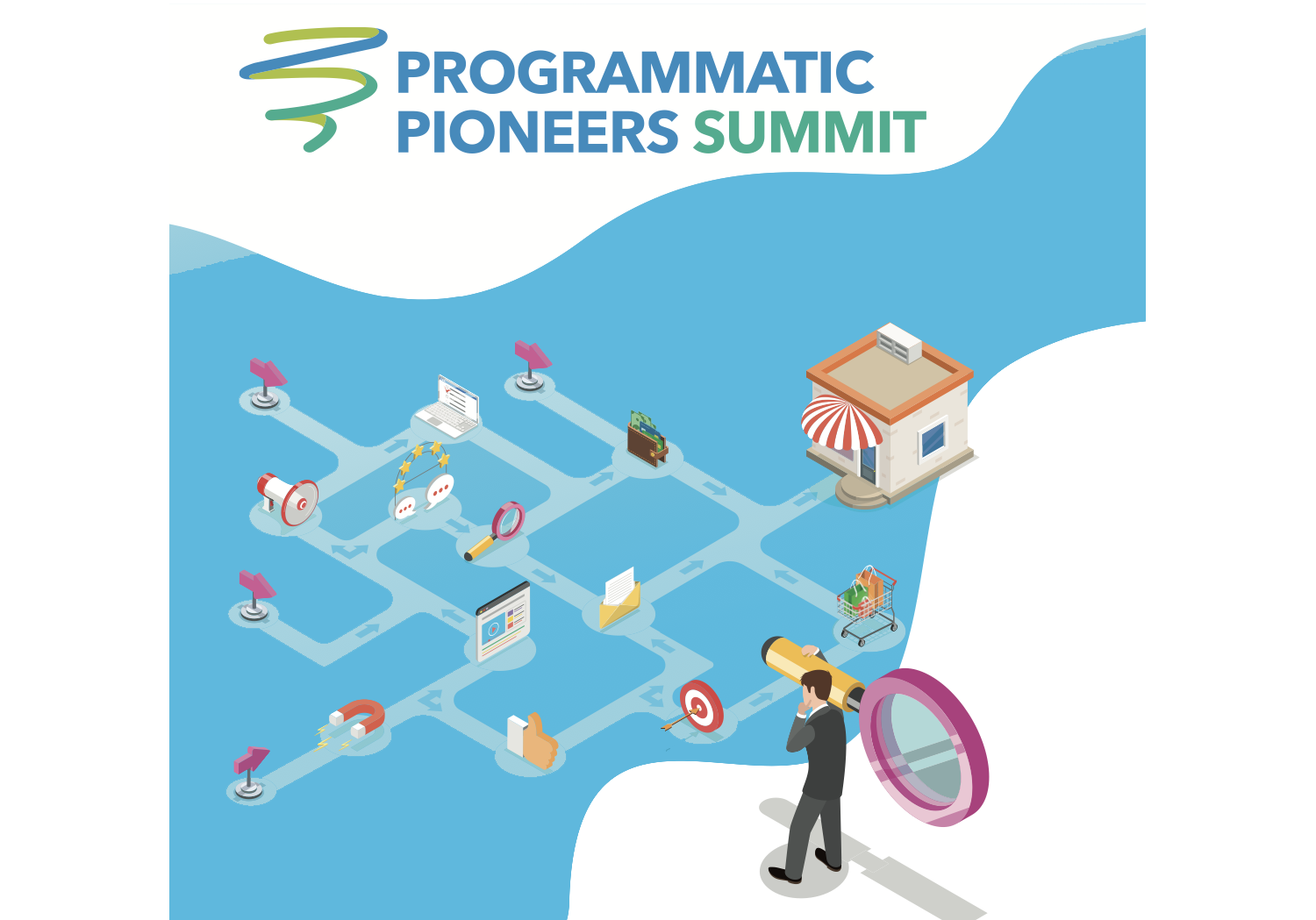Pioneering Programmatic

From the cookie-less world and first party data to new channels and contextual targeting.
At the recent Programmatic Pioneers Summit in London, it was refreshing to NOT hear lots of GAFA (Google, Amazon, Facebook and Apple) bashing, despite the dominance of the platforms in the programmatic ecosystem.
Instead, there was a determined optimism to embrace emerging trends from the cookie-less world and first party data to testing new channels and contextual targeting. Here, our COO Joanne Lacey shares some of her key takeaways.
The cookie is crumbling
According to the Summit’s official report by WBR Insights, audience segmenting is the biggest challenge for heads of marketing. 53% of respondents say the death of third-party cookies is the biggest obstacle to effective audience targeting.
Meanwhile 88% of the audience in the room said they were not ready to protect performance marketing in the cookie-less future. However, several speakers including Gucci’s Maria von Scheel-Plessen argued that it wasn’t about protecting old models but rather the opportunity to reduce performance dependency. It certainly feels programmatic needs to position itself as full-funnel and afford the opportunity to create engaging brand experiences.
Top 3 First-Party Data Media Strategies
Use of first-party data is now firmly on everyone’s agenda. Data strategies need to be based on required business outcomes more than anything and unsurprisingly the highest deployment of first-party data in media strategies is to drive better returns on ad spend. 57% of respondents said improving ROI is the main influence first-party data is having on their organisations’ media strategy.
Advertisers are also prioritising audience definition, to better understand who they should be targeting, with which creative and on which channels. 52% of advertisers will use 1PD to better define and understand the audiences they want to reach.
Finally, 51% cited retention as a priority with first-party data enabling greater personalisation and increased user control to build meaningful brand experiences.
Attention and context gaining traction
Understanding ad performance beyond views and clicks was also a common theme looking at both better measurement and targeting. There was a real push-back on performance metrics in favour of different quality audience data signals such as dwell time. However, dwell time is much stronger when it’s done in correlation to context and attention is linked to outcomes.
Charlotte Still from PHD Media argued environment has the most impact on attention. This was backed up by Lumen’s Mike Follet who shared that the average dwell time for a DOOH ad is 9 seconds compared to 1.3 seconds for a Facebook ad. Attention needs to be considered at the media strategy and planning stage, i.e. when considering the channel mix and the signs bode well for newer programmatic channels including in-game advertising.
Download and read WBR Insight’s report: The Future of Digital Marketing: The Rise of Video, First-party Data and Contextual Targeting
More…
Our 3 Hot Trends from Gamescom 2022
Devcom, Gamescom and a lot of Cologne hugging. With highs above 30C every day, and the usual lack of air conditioning in accommodation in Germany, it was hot. Even the conference center, the Koelnmesse, was atypically warm and not the usual refrigerated halls. The...
Meet us at Gamesforum London
Meet Team AdInMo at Gamesform London on Thursday 15th September! One of our favourite events Gamesforum returns to London this month and Team AdInMo will be out in force catching up with fellow ad monetizers. Our CEO Kristan Rivers and COO Joanne Lacey will be lifting...
Mobile Games Contextual Targeting: Game On
The mobile games ecosystem has been living in and adjusting to a cookie-less, contextual advertising world for a while. With iOS 14, Apple’s deprecation of IDFA in April 2021 was a much-needed shock to the system for both the games and advertising industries; mobile...




